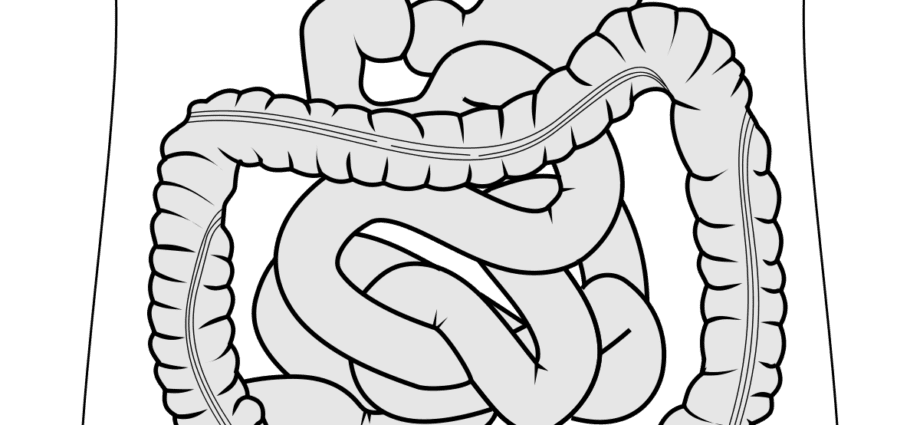Contents
Rectum
The rectum (from Latin rectum, right) is part of the terminal segment of the digestive tract and is a reservoir for feces.
Anatomy of the rectum
Location. The rectum is positioned behind the genitals or bladder, and in front of the sacrum, a bone made up of the five sacral vertebrae (1).
Structure. Continuing from the sigmoid colon, the rectum is about 15 cm long and consists of three transverse folds. The lower part of the rectum, which is wider, constitutes the rectal bulb, the stool storage area, and ends in the anal canal, the latter leading to the anus. The rectum and anal canal are made up of a mucous membrane and several muscle layers: the internal and external sphincters, as well as the elevator muscles of the anus. The puorectal muscle, part of the levator ani muscle, forms a strap around the anorectal junction to form a 90 ° angle, called the perineal curvature (2, 3).
Vascularization and innervation. The rectum is supplied with blood by various rectal arteries and rectal veins. The rectum is the seat of voluntary and involuntary innervation.
Defecation
The rectum and anal canal store and then evacuate feces (1, 2):
- The rectal bulb fills up, causing a feeling of need.
- The internal anal sphincter relaxes and the external sphincter immediately contracts.
- In parallel, the puborectal muscle relaxes in order to open the anorectal angle.
- Under the control of the will, the external sphincter relaxes during the exoneration of stool.
- Exemption finished, the external sphincter and the puborectal muscle contract.
Annal pathologies
Incontinence and constipation. Fecal incontinence is an involuntary loss of stool while constipation results in difficulty in exonerating stool.
Hemorrhoids. Hemorrhoids correspond to the veins located in the anal canal and rectum. Hemorrhoidal pathology can develop when these veins dilate significantly. One consequence of this is to cause haemorrhages during defecation (1).
Anal fissure. Anal fissure is a sore of the skin around the anus, causing pain and sometimes bleeding.
Abscess, fistula. A gland located in the anal canal can be prone to infection, causing an anal abscess to form, a pouch filled with pus (4). This abscess is painful and may be accompanied by an anal fistula, which is abnormal communication between a gland in the anal canal and the skin.
Prevention and treatment of the rectum
Medical treatment. Depending on the pathology, drug treatment may be prescribed such as analgesics, laxatives or even ointments.
Cauterization. Using a laser or a chemical, this technique allows, in particular, to destroy cancer cells or to block blood vessels (5).
Ligature. In some cases, internal hemorrhoids can be ligated, under Doppler control, with elastic bands to prevent the passage of blood (5).
Surgical treatment. As a last resort, surgical treatment can be performed such as the removal of hemorrhoids (hemorrhoidectomy).
Rectal examinations
Physical examination. The onset of pain begins with a clinical examination to assess the characteristics of the pain and the accompanying symptoms.
Medical imaging examination. Depending on the suspected or proven pathology, additional examinations may be performed such as endoanal ultrasound, MRI, or even defecography (1).
Anorectal manometry. This examination makes it possible to study the anorectal physiology and more particularly to measure the pressures.
Endoscopic examination. This exam allows you to study the lining of the rectum and anal canal.
Proctological examination. A digital rectal exam can be done to examine the anal canal, sphincters, and rectum.
History and symbolism of the rectum
The Hippocratic Corpus, a collection of around sixty medical books attributed to Hippocrates, mentions treatments and examinations of the rectum still used today such as: cauterization, ligation, excision of hemorrhoids or the rectal speculum, an instrument endoscopic (6).










